How UFC Fighters Pack On 20 Pounds of Muscle in 4 Weeks
UFC fighters often dramatically manipulate their body weight to gain the upper hand against their opponent. Sometimes this means cutting up to 30 pounds the week before a fight so that they can compete in a certain weight class— then gain that weight back again in just 24 hours!
Other times, UFC fighters want to move up a weight class. While most people would take months to put on 20 lbs of muscle, top UFC fighters use expert advice and coaching to do it in just four weeks. Here’s how.
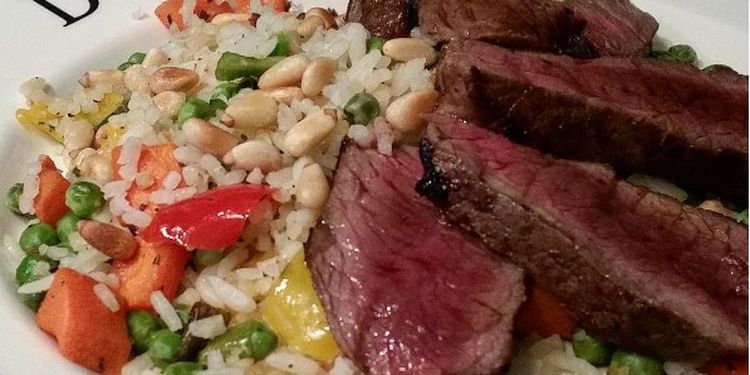
Strategy #1: Increase Food Intake
Duh, this is an obvious one. The most important strategy for UFC fighters to put on so much muscle so quickly? Eat a lot more food! What does that look like? Take a moment to soak this all in, because it’s no joke.
Were talking somewhere in the ballpark of 2-2.5 lbs of meat, 2.5 slices of bread (slathered with sauerkraut, jam, or nut butter), 1 sweet potato, 5 cups of vegetables, 1-2 pieces of fruit, 2.5 squares of dark chocolate, a shake with 3 scoops of protein powder, 2 bananas, 2.5 cups of coconut milk, and a cup of frozen berries every day!

Strategy #2: Food Cycling
While eating much more food than usual is essential to put on weight, there’s more to it than that. Fighters eat strategically and cycle how much they eat each day, switching back and forth between high- and low-calorie days.
High-calorie days pair with heavy weight training, while low-calorie days pair with rest days, or days of conditioning and interval training. It’s worth mentioning that even on the low-calorie days, fighters are still eating more food than they typically would.
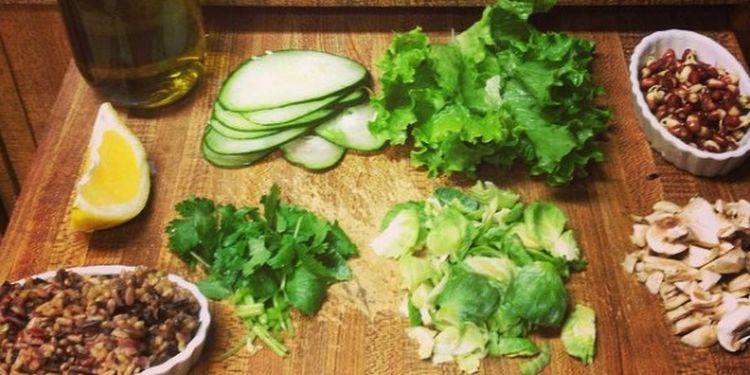
Strategy #3: Weekly Fasting
If a UFC fighter wants to put on 20 lbs of muscle in 28 days (as opposed to 20 lbs of fat), a key strategy is the weekly 24-hour fast. Every week, from 10pm on Saturday to 10pm on Sunday, fighters will abstain from eating anything.
This fast helps their bodies boost growth hormone production and stimulate fat loss, and it also resets their insulin sensitivity— all while preserving lean muscle mass. Sometimes less really is more.

Strategy #4: Leave Wiggle Room
When crafting a training and nutrition plan for such extreme weight manipulation, UFC fighters and coaches make sure to leave some room for adjustment. For example, while a fighter might massively increase his calorie intake in the first couple of weeks, he might leave room to add even more calories later on in case he plateaus at a certain weight.
Bodies are fickle things, and it’s important to be able to improvise and tweak the plan as necessary. Think of it like an audible- it’s tough to tell how your body will react because everyone’s body reacts a little differently, based on more variables than you can count.
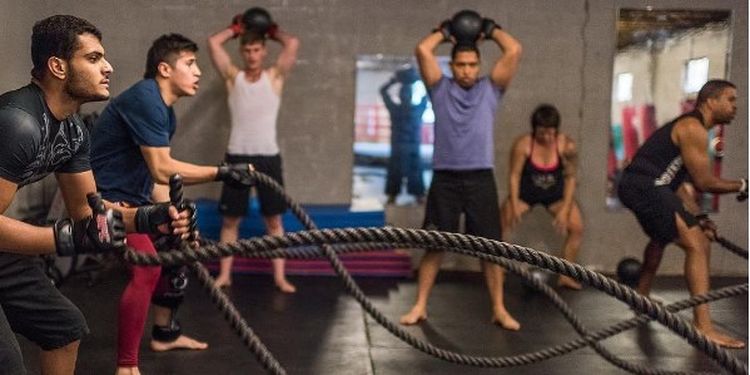
Strategy #5: Train, Train, Train
You didn’t think a UFC fighter was going to put on muscle just sitting around and eating all day, did you? While nutrition forms the foundation of healthy weight gain, it’s the workouts that turn all those calories into muscle!
UFC fighters do this the smart way— they’re careful not to over–train, which can be just as detrimental to muscle gain as under-training. Fighters will typically work out five days a week, cycling between heavy weight lifting, cardio-focused interval training, and rest days.

Strategy #6: Supplement
Supplements are just that— supplements! They should be used as additions to an already rock-solid, healthy nutrition and exercise plan, not as the building blocks for that plan. While they won’t get the job done on their own, supplements can help fill in the gaps, so to speak.
Supplementing with things like protein powder, vitamin D, multivitamins, creatine, omega-3 fish oil, BCAA (branched-chain amino acids), and green powders can help maximize muscle gain for those looking to put it on fast.

Start With a Bang on Monday
Monday starts off with some heavy lifting designed to develop upper body strength and target fast-twitch muscle fibers. This means exercises like bench press, weighted chin-ups, weighted dips, overhead presses, and barbell curls.
This is a high-calorie day, which means a large breakfast (protein shake, nut-buttered toast, supplements), supplements taken before, during, and after workouts, a protein-packed meal post-workout, and another large meal for dinner.

Total(ed) Body Tuesday
Tuesday is a day for total-body, fat-burning workouts. These workouts are designed to hit the body like a hurricane, disrupting the cardiovascular, muscular, and even neurological systems.
Fighters blast through circuits of crunches, sprints, inclined sprints, and bicycle crunches. Paired with these fat-burning workouts is a low-calorie intake of only three meals.

Take a Much-Needed Rest on Wednesday
After two days of intense strength training and exercise, fighters take a much-needed rest day on Wednesday. They use this time to let their bodies and minds recover, and prepare for the mental and physical challenge that will be the next three days of hardcore workouts.
Wednesday is also another low-calorie day, which means a lower calorie intake— still of healthy foods, of course! For a top-level UFC fighter, junk food is never on the menu. This means focusing on real, unprocessed, nutrient-dense foods.

Right Back into the Fire on Thursday
Thursday is another day of short, intense circuit training designed to disrupt the body and burn fat. After a long warm-up (of jumping jacks, hip circles, 20-yard skips, side shuffles, cariocas, backward runs, and the like), fighters complete what’s known as a “Warrior’s Circuit.”
A “Warrior’s Circuit” is a five-exercise circuit of unconventional exercises like rope climbs, sledgehammer and kettlebell swings, medicine ball slams, and ladder sprints. Thursday is also the final low-calorie day of the week.
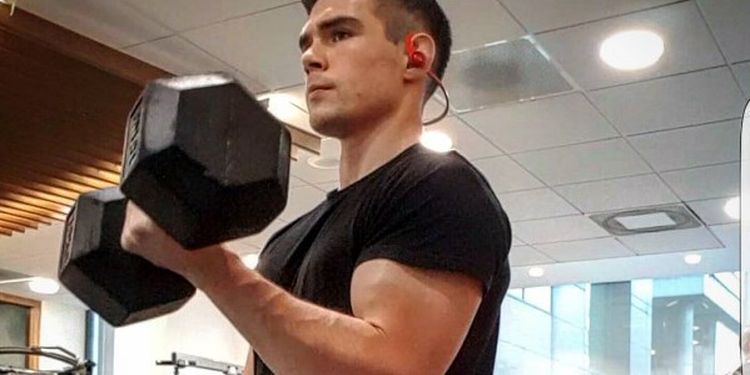
Strategic Mass-Building on Friday
On Friday, fighters are back to weight training. The upper body is targeted again, this time with a focus on hypertrophy, aka muscle growth! Fighters focus on high reps of simpler exercises, like close-grip benches, cable pulls and rows, band tricep push-downs, and dumbbell curls.
To offset the increased calorie burn of weight training, fighters are back on the high-calorie load, making sure to eat an extra large meal after the workout, in addition to more frequent meals throughout the day. Food quality is exceptionally important when eating this much food.

Lower Body Strength for Saturday
Fighters take Saturday to focus on lower body strength, with heavy weights, low reps, and complex compound exercises to target those essential fast-twitch muscle fibers. Exercises like 45-degree back raises, barbell squats, and deadlifts are the name of the game here.
Saturday is the last high-calorie day of the week, helping fighters pack in the calories to feed those aching muscles! Recovery can come easier if the body is nourished with- you guessed it, nutrient-dense foods!
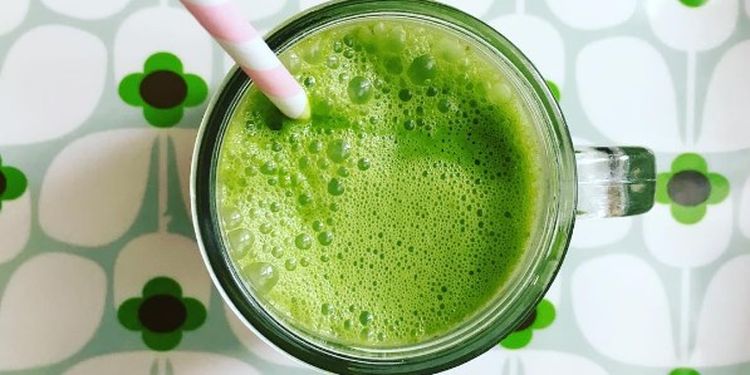
Sunday: The Day of the Fast
Sunday is a day of rest, recovery, and fasting! Fighters quit eating the night before at 10pm and eat nothing all day Sunday. To combat hunger pangs and provide some psychological comfort, fighters typically ingest three things: one liter of water with some green powder, 15g BCAAs, and 1 cup of green tea.
These small additions also help preserve lean muscle mass and burn fat. At 10pm on Sunday, the fast is over, and fighters eat a meal of at least 1 lb of protein and 3-4 cups of veggies. While eating this much food after a fast wouldn’t be recommended for a non-elite athlete, their bodies have grown more accustomed to the rigors of their routines.

First Two Weeks
The first couple of weeks of extreme weight-gaining are often the most difficult. Fighters are eating much more food than they’re used to, and this gets old quickly! High-calorie days are filled with a massive breakfast, pre- and post-workout drinks and meals, and a large meal eaten at some point during the day.
Low-calorie days are only slightly less calorie-intensive, with three still-large meals full of protein, carbs, and healthy fats. All those calories are put to good use, however, to fuel high-intensity, elite-level workouts.
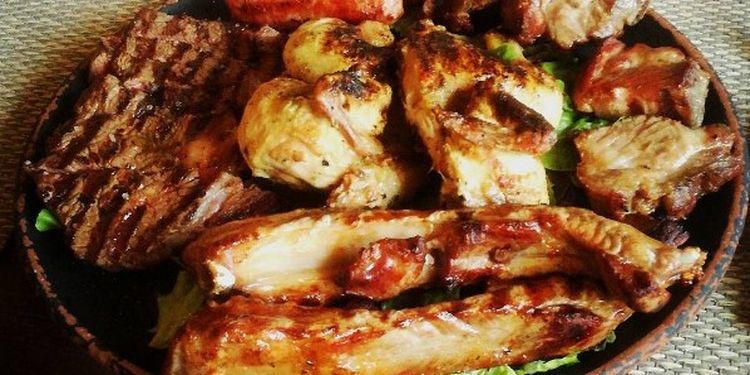
Second Two Weeks
During the second half of their program, fighters are more settled into their new routine. Their bodies have adjusted more to the high-calorie/low-calorie cycle, and workouts feel slightly less treacherous.
If they decide to up calorie intake even more (e.g., to break past a weight plateau), they’ll typically add another shake, because by now they’re thoroughly sick of chewing! The workout schedule stays the same, though exercises are tweaked and replaced as needed.

How Performance is Affected
It should come as no surprise that, when done in the healthiest way humanly possible, putting on 20 lbs of muscle provides serious performance results. Fighters see improvements in strength across the board for upper and lower body exercises.
The only thing fighters need to be wary of when gaining so much muscle so quickly is reduced endurance. Though they’ll be much stronger, being 20 lbs heavier may be difficult to adjust to in such a short time. None the less, this isn’t for everyone. So before you go ahead and try to mimic the habits of elite-level athletes, consider your own personal health situation and make responsible choices.
